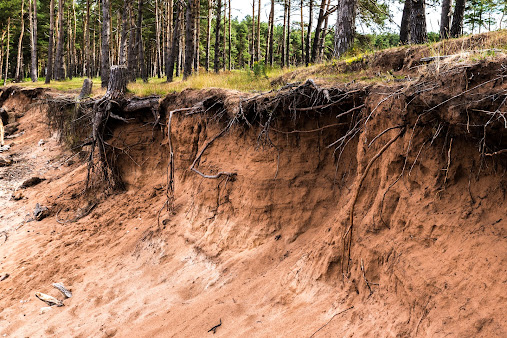What is a home inspection?
Before we get into specifics, let’s clarify what a home inspection means. A home inspection is a third-party evaluation of a home’s structure, systems, and other key features that helps determine the true value of the home. The vast majority of home sales require an inspection before the sale is official. An inspector reports their findings to the buyer who can then request that the seller fix any issues or else accept a lower sale price.
Home inspections protect buyers from purchasing homes and then having to immediately put in more money to fix problems that the seller may or may not have already known about.
Why you should get an inspection for a new construction home
Most sale contracts for new buildings and homes include a final walkthrough, but it may not include an inspection. You should ask your real estate agent to include an inspection contingency in your contract, and plan to pay for an independent inspector on your own.
You probably won’t find serious issues (like outdated plumbing or faulty wiring) since a municipal inspector from the county will make sure it's up up to city code and building safety standards — but, that doesn't mean there aren't any flaws with the new place, even when builders use approved plans and successfully receive an occupancy permit.
Some contractors to work too fast or only according to the bare minimum of building code. Many contractors subcontract their projects to other vendors so the people you think are building a new house aren’t always the ones doing it. Those subcontractors may not be as competent, and, of course, all builders are human. Mistakes happen.
You should not assume that a new home is perfect just because it’s new. In fact, problems occur with new buildings so frequently that there are a number of issues you could label “common.” They may look great on the outside but they could have a number of hidden issues. Home inspectors know what to look for in these situations.
Common problems with new homes
- Structural defects like foundation cracks, faulty grading, or poor framing.
- Drainage and grading issues or window leakage.
- Electrical problems like poorly wired outlets, open grounds, and missing switch plates.
- Plumbing issues like reversed hot/cold faucet handles, improper piping, and leaking.
- Incomplete construction like missing fixtures, railings, or insulation.
When you hire a home inspector, they’ll also take local building codes into account which vary by state, city, and county. They’ll look for s examine trenches, soil, elevation, framing, appliances, HVAC systems, connections to municipal water lines, and more.
3 necessary inspections for new homes
A new home inspection differs from an existing home inspection in a number of ways, but the most significant difference is that you may want to pay for several types of them.
The earlier you can start on a new construction inspection, the better. That’s not always possible but if you contracted the entire project yourself, it’s important to stay involved in the process. There are three common types of new construction home inspections, and experts advise you pursue each, regardless of cost. (It will be far more expensive than fixing big problems later.)
The foundation inspection
As the name suggests, the foundation inspection occurs just before the builders pour the foundation. For this reason, it’s sometimes also called a “pre-pour” inspection. An inspector ensures that the site has been excavated and graded correctly, and that all anchors and footing were laid correctly and at a proper distance from one another. Basically, the inspector ensures the home will go up on a strong foundation that will last for decades to come.
Builders can fix any identified issues before pouring the foundation. If a mistake goes unnoticed, they may have to total the house and start again.
The framing inspection
After the builders finish the frame, you can bring in an inspector to perform a framing or “pre-drywall” inspection. At this stage, the roof should be on and the windows installed, but the sheetrock and walls aren’t up yet. As such, an inspector can see the beams, posts, studs, and other structural components, as well as the electrical and plumbing systems. Again, these may be costly to repair after moving in, so it’s good to let an inspector get inside the walls before the walls even exist.
If anything is wrong, it might slow down the project, but it’s preferable to tearing open walls to fix an issue in the future.
The final inspection
The final inspection is most similar to an ordinary home inspection on an existing home. This inspection ensures that the home is safe to live in, has been finished up to local building code and standards, and has no electrical, plumbing, appliance, or even cosmetic issues that might cost a buyer money in the near future. Anything an inspector finds should be fixed by your builder but as stated before, it’s best to start early because they may argue if a previous inspector missed something, it’s not worth the cost of fixing.
Just as you would an existing home, you should hire an inspector for a new construction. Building a house is no small task and there are many moving parts and opportunities for things to go wrong. Inspecting the project multiple times throughout the building process can avoid costly mistakes and help ensure you move in on time.









